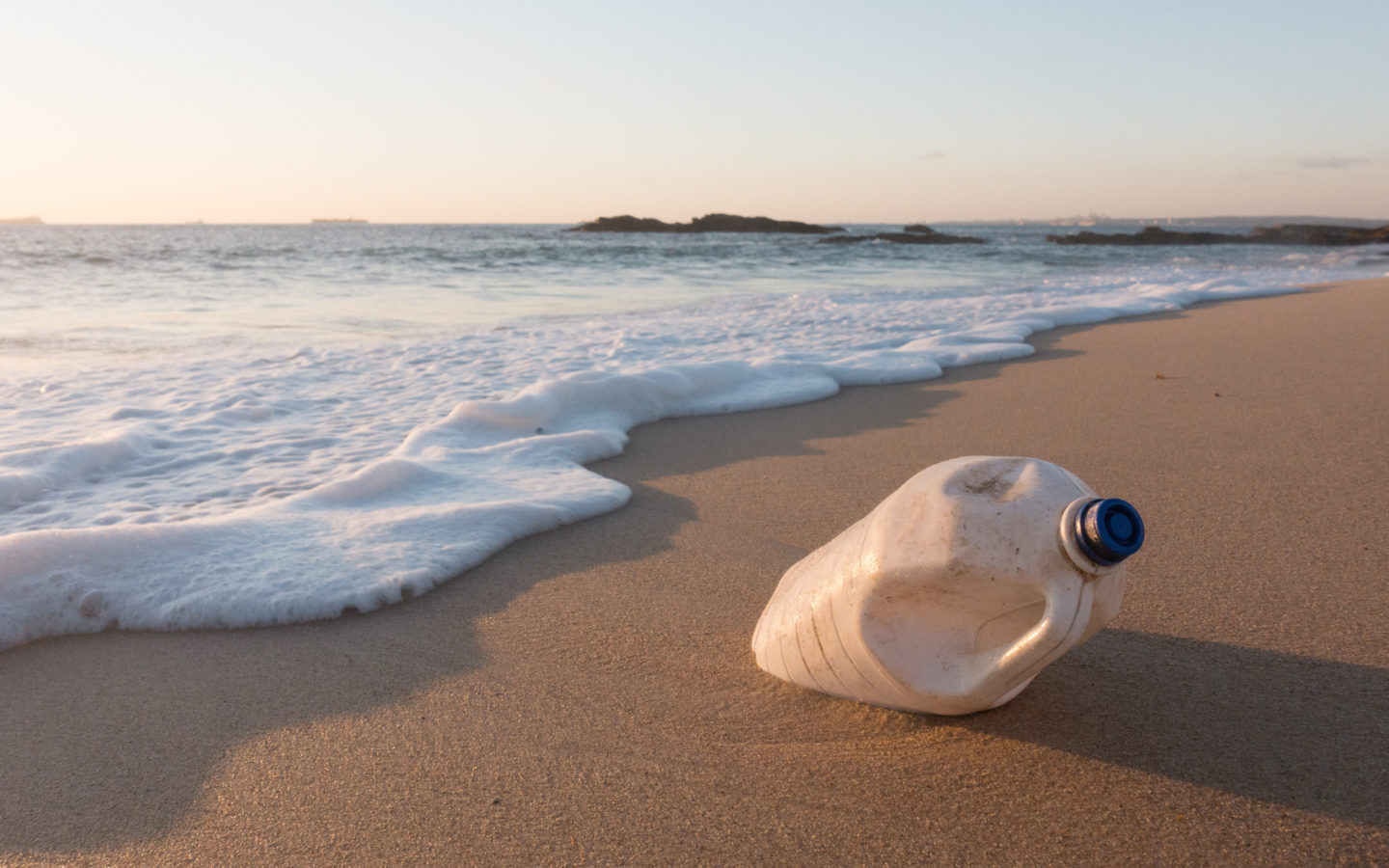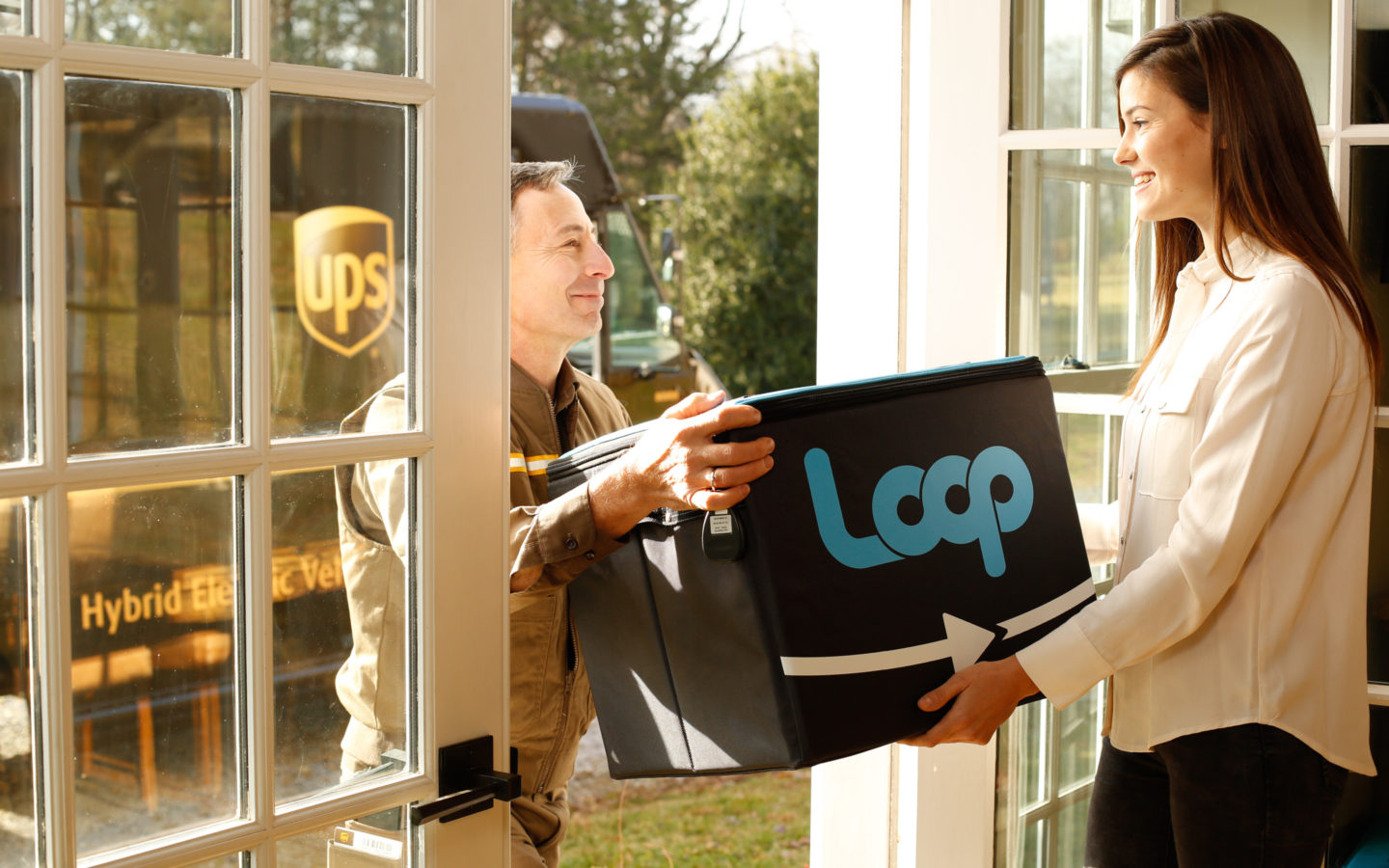When you look into how recycling management works, it’s a little like finding out Santa Claus doesn’t exist. The illusion shatters and along with it your belief in everything you once thought good and pure in the world.
In a way, the road to landfills is paved with good intentions. We Canadians, for example, are notorious for “wish-cycling,” throwing items in the blue bin in the hopes that someone, somewhere will be inspired to recycle them. It doesn’t work like that. Instead, the non-accepted items — chip bags, pizza boxes, toothpaste tubes — only increase the likelihood of
actual recyclables getting rejected because the lot is deemed contaminated.
To be fair, though, nearly everything is recyclable in theory — even cigarette butts and dirty diapers. But in terms of what actually gets recycled, it all comes down to economics.
“Recyclers want things they can recycle at a profit,” says Tom Szaky, founder and CEO of TerraCycle, a company that aims to recycle materials that usually aren’t. The things that generate profit tend to be large objects made from a single material. And if that’s plastic, it’s usually clear PET (polyethylene terephthalate or type 1 plastic) or white HDPE (high-density polyethylene or type 2). In other words, it’s everything most beauty packaging is not.
Take a look at your medicine cabinet. Chances are a lot of your personal care products fit in your palm and will thus likely get missed by sorting machines and thrown in the trash (it’s why samples and minis have been called the beauty industry’s dark secret). They’re probably also made of mixed materials (a plastic, rubber and metal razor; a metal spring in a plastic pump) and, if plastic, neither clear nor white.
That last part is important as coloured plastic has a smaller chance of being recycled because of its lower resale value. (The same goes for glass. If it’s amber or green, Szaky says it probably won’t get recycled.) That’s because you can’t take colour out, only add to it, which makes it less attractive to companies. “Think of kids mixing paint,” he says. “It always ends up brown and you can’t unbrown the brown.”
In 2018, the U.S. alone produced 7.9 billion units of plastic for beauty and personal care products, according to
Euromonitor International. If we transpose that to a Canadian scale — considering Canadians have similar purchasing habits — “we can estimate that Canada produces 909 million plastic packaging units in a year,” says Laura Yates, plastic campaigner for Greenpeace. Out of that, about 23 per cent is diverted for recycling by consumers, but then a third of
that is lost in the sorting and recycling process. Bottom line: In Canada, roughly 773 million
plastic beauty or personal care containers end up in landfills every year.
So does that mean brands are lying when they emboss a three-arrow triangle on the bottom of, say, a dark travel-sized plastic bottle? No, not technically. That bottle really is recyclable. The issue is similar to consumers’ wish-cycling tendencies: We’re betting our salvation on a system that’s out to make money, not fix the world’s waste problem.
When Ericka Rodriguez first started her makeup line,
Axiology, in Bend, Oregon, she chose to house her lipsticks in aluminum tubes. “We thought, ‘This is great because aluminum can be recycled over and over again,’” she says. But the part of the tube that held the bullet was made of plastic, which meant that in cities that didn’t accept mixed-material items (guidelines vary a lot from place to place), the whole tube was being discarded. “We felt like we were being dishonest because we were like, ‘It’s recyclable,’ and then some people would be like, ‘It’s not, though, because there’s also plastic.’” It’s not that those aluminum tubes can’t be recycled, it’s that separating the components isn’t considered “worth it.”
It gets worse. For a while now, biodegradable plastics have been touted as the solution. You’ve probably used compostable cutlery from that place you got a grain bowl from once and thought, “Wow,
this is the future” and went on crunching your quinoa with a clear conscience. The problem is: Composters don’t want compostable packaging.
A year ago, Tesco, the biggest retailer in the U.K., banned compostable packaging from its shelves. It did that after it learned composters weren’t actually composting these biodegradable plastics, they were burning them. “Everyone was shocked and asked, “Why? Isn’t it really compostable?”’ says Szaky. “They said, “It is, but it costs us more to process it and deal with it so why would we bother doing it? We’re not morally obligated to do it, we’re not legally obligated. We’re a for-profit business.”
Before you go chucking your game of Monopoly in the trash (recycling bin? Who the hell knows anymore?), know that capitalism isn’t the only variable at play. Australia, as part of its first-ever National Plastics Plan, announced last month that it would be banning bioplastics as research has shown that, environmentally, it’s not much better than the conventional kind. “Biodegradable plastics promise a plastic that breaks down into natural components when it’s no longer needed for its original purpose,” explains Jackie Gilbert Bauer, head of product development for hair care brand
Hairstory. “The idea that plastic literally disappears once in the ocean or littered on land or in landfills is nice, but it’s not actually possible. Nothing disappears completely.”
That’s why Greenpeace does not currently recommend switching to other types of disposable packaging like bioplastics, paper or even 100 per cent recyclable packaging. “Although these often feel like an environmentally better choice than plastic, they are false solutions that risk aggravating current environmental crises, don’t question current disposable culture, and divert attention from the real solutions that should favour reuse,” says Yates.
Even TerraCycle, a company built on recycling, acknowledges recycling
isn’t the solution. “You really can’t recycle your way out of the place we’re in today,” says Annika Greve, director, business development for North America at
Loop, a new TerraCycle initiative launched in Ontario earlier this year. Don’t get her wrong, recycling is “necessary and critical,” she says. For example, TerraCycle and Nordstrom just partnered on BeautyCycle, a program aiming to recycle 100 tons of beauty packaging by 2025 (you can bring any beauty empty to a Nordstrom store to have it recycled). But still, she says, recycling is “a Band-Aid on the much larger issue.”
That’s where Loop comes in. It sort of works like an old-school milkman, collecting reusable bottles, cleaning them up and then refilling them. Loop assists companies in transitioning to durable, refillable containers and teams up with retailers such as Loblaws in Canada, so that consumers can buy participating products and drop off empties in a convenient location. Examples of beauty partners in Canada include indie brands like
Oneka and
Meow Meow Tweet, as well as
REN, the first premium beauty brand to sign up.
Arnaud Meysselle, REN’s CEO, doesn’t sugar-coat it: Eliminating waste is hard. “There are a lot of hurdles to overcome,” he says of the brand’s pledge to become waste-free by end of year. “There’s a financial impact, which we swallowed — additional costs are not added to the end product — because we are the sinner, so why would we ask people to pay for our sins?”
Unfortunately, not every brand is in a position to absorb the costs linked to greener packaging. “It’s really hard for indie brands, the smaller brands, because a lot of these things come with a 10 or 50 thousand minimum order,” says Sheri L. Koetting, founder of
MSLK, an agency that guides beauty brands at all stages of development. “So, it’s much easier for the big companies to make these moves. They have the volume. They could do whatever they want.”
Ericka Rodriguez ran into this exact problem when she was sourcing refillable lip crayon tubes. “The quotes we were getting to make these were astronomical,” she says. “The way it works is there’s only so many beauty manufacturers out there. They’re mostly in China and they all already work for the big beauty brands. Since these big beauty brands haven’t really invested in, for example, a refillable crayon tube, we’re having to do it and it can be out of reach.”
Luckily, the shift is starting. Last year, P&G brands Pantene, Head & Shoulders and Herbal Essences announced they’d be launching refillable shampoos and conditioners. In January, Dove debuted a refillable deodorant. Unfortunately, these products aren’t available in Canada yet. You can, however, shop refills from
L’Occitane,
Tata Harper, Hairstory and
Kiehl’s, to name just a few.
“By using 1-litre refill pouches, customers use on average 80 per cent less plastic compared to the same amount of formula across four 250-ml bottles,” says Leonardo Chavez, global brand president for Kiehl’s. “Less plastic,” as in most pouches are still made of plastic, which Koetting says can be viewed as “not that eco-friendly.” “But the amount of plastic that goes into that pouch is so much more minimal and doesn’t take a lot of energy to make,” she says. Because it’s lighter and can ship flat, its transport also generates fewer carbon emissions.
We have a tendency to vilify materials, says Szaky, which has certainly been the case with plastic in recent years. “Plastics can do amazing things that nothing else can do. Our computers are made from plastic, our eyeglasses are made from plastic. It’s also how the materials are used that determines whether they’re benevolent or not.”
Perhaps the most benevolent material is no material at all. British brand
Lush has been a leader in that space with its
packageless hair care and skin care bars. Rodriguez also decided to take that route with her
multi-purpose balms — she did away with the tubes and instead wrapped the bullets in recycled paper — when she couldn’t find a manufacturer that could provide a packaging solution she was comfortable with.
As consumers, supporting brands that offer these kinds of package-free or refill products — or letting the ones that don’t know that we want better options — can make a world of difference. “The number 1 thing that will make industry change is purchasing habits — that speaks volumes,” Greve says. But the most effective purchasing habit of all? Buying way less. “The only answer is lowering consumption,” Szaky says matter of factly. And this is where the illusion shatters even further: “No matter how vegan or fair-trade that thing that you bought is, if you didn’t buy it, that land that had to farm it could have been a forest.” Like Santa, Szaky confirms, “there’s no such thing as good consumption.”


